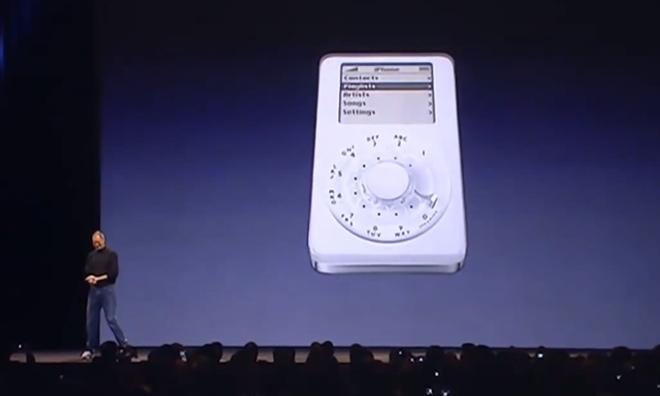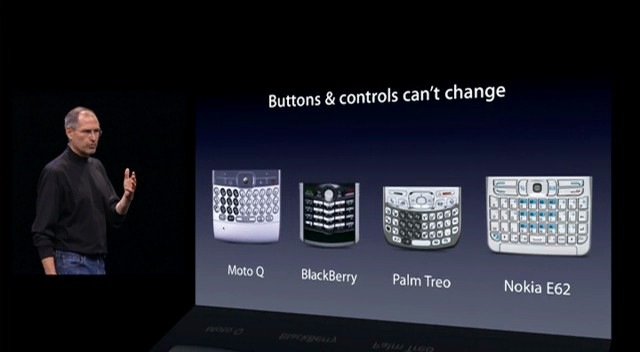My TED Talk is going to be on the differences between name brand and generic items. In all aspects of first world life, there are name brand products everywhere. From the medications we take to the cereals we eat, there will always be a ton of different “brands” or types of products to try. But what exactly separates the “Premium” brand from the “Generic?” Why is “Crispy Puffed Rice” less appealing than “Rice Crispies?” These are the types of questions I would like to propose and answer in my TED talk.
To start off my talk I will begin with a discussion of economics and how mass producing a product works. This will give me a firm base for which to elaborate my further arguments on as my audience will now know the motivations behind why companies might make deals for generic branding.
I will shed light on some common products that are exactly the same thing though perceived differently by the general population. I will look quickly at how psychology influences our choices and decisions when purchasing all kinds of items. I will bring up a few experiments that have been done regarding branding and discuss a short general overview of the research done on the topic. This part will not be super in-depth as I want to mainly focus on the real world examples that eh audience can relate too.
I will even put in a few case studies about how marketing and “Branding” is sometimes more effective than the product itself. By showing these examples I will further establish my point with my audience as they can relate to these examples. Perhaps they have even used these exact products before. This personal connection will let the audience resonate with the message and hopefully allow them to recall it when they are in the store and making these important decisions.

